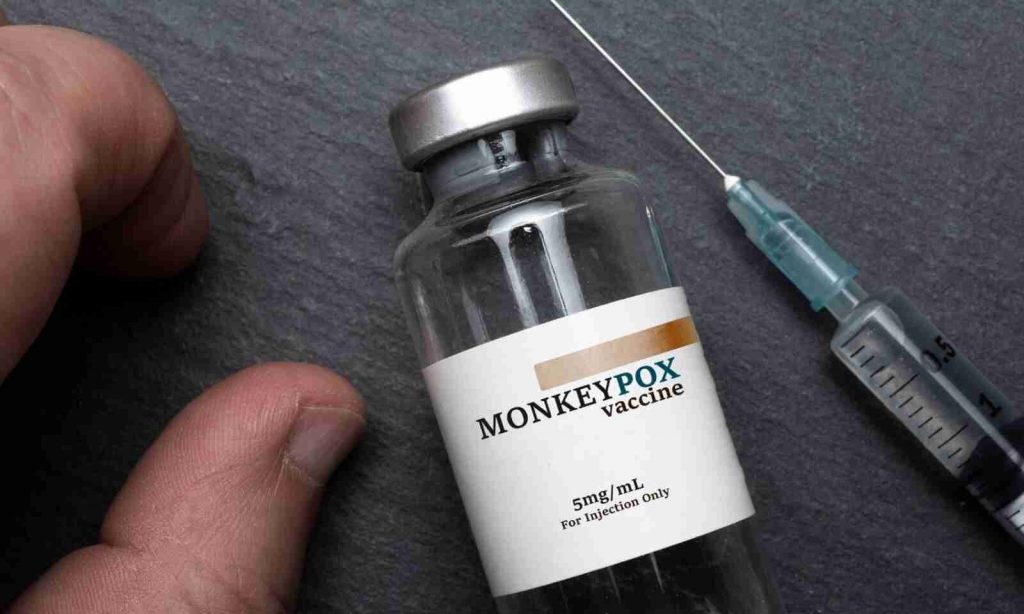New Delhi: Serum Institute of India (SII) CEO Adar Poonawalla said Tuesday his firm is conducting research to find a vaccine against monkeypox as cases rise in India. Adar Poonawalla is learnt to have briefed Union Health Minister Mansukh Mandaviya on the subject during a meeting at the Nirman Bhawan here Tuesday.
India has so far reported eight cases of monkeypox, the latest a man from Delhi.
The Pune-based National Institute of Virology (NIV), which functions under the Indian Council of Medical Research (ICMR), has already isolated monkeypox virus from the clinical specimen of a patient.
The ICMR 27 invited July 27 expression of interest (EOI) proposing to handover the virus strain to interested Indian vaccine manufacturers, pharma companies and in-vitro diagnostic (IVD) for developing an indigenous vaccine and diagnostic kits.
Meanwhile, a task force on monkeypox has been constituted to closely monitor the emerging situation in India and decide on response initiatives.
The World Health Organisation (WHO) recently declared monkeypox a global public health emergency of international concern.
Also Read – India records 17,135 fresh Covid-19 cases, 47 fatalities
According to the WHO, monkeypox is a viral zoonosis – a virus transmitted to humans from animals – with symptoms similar to smallpox although clinically less severe.
Monkeypox typically manifests itself with fever, rash and swollen lymph nodes and may lead to a range of medical complications. It is usually a self-limited disease with symptoms lasting for two to four weeks.
The ‘Guidelines on Management of Monkeypox Disease’ issued by the Centre, stated that human-to-human transmission occurs primarily through large respiratory droplets generally requiring prolonged close contact. It can also be transmitted through direct contact with body fluids or lesions, and indirect contact with lesion material such as through contaminated clothing or linen of an infected person.
